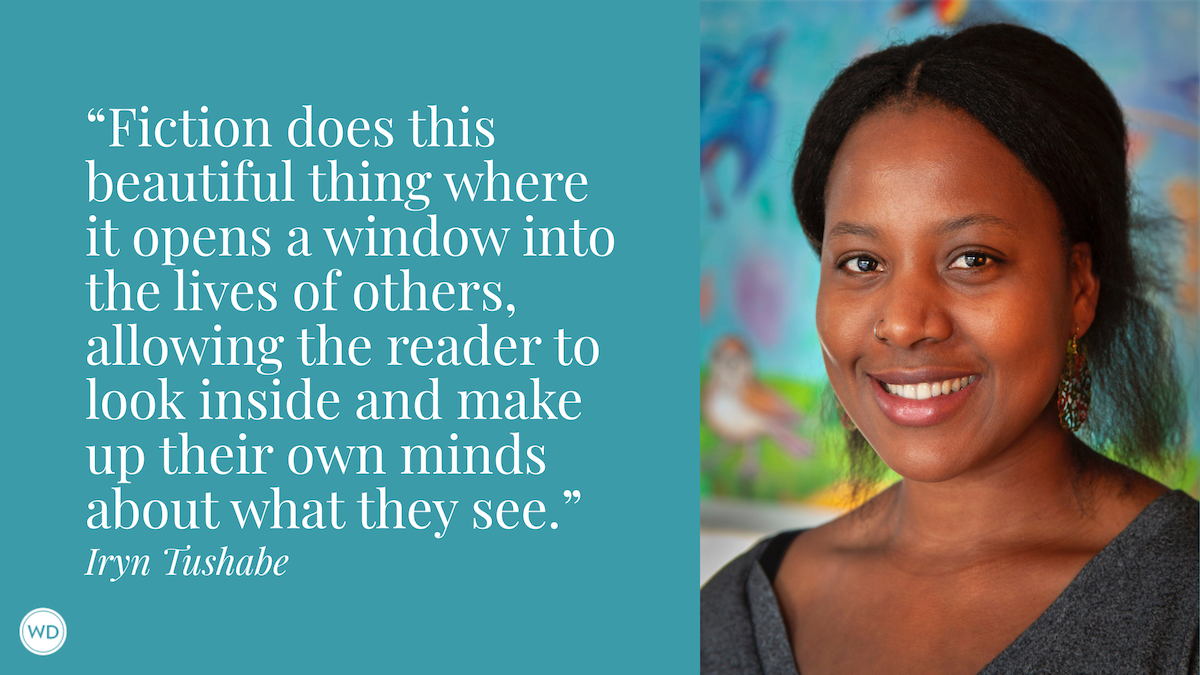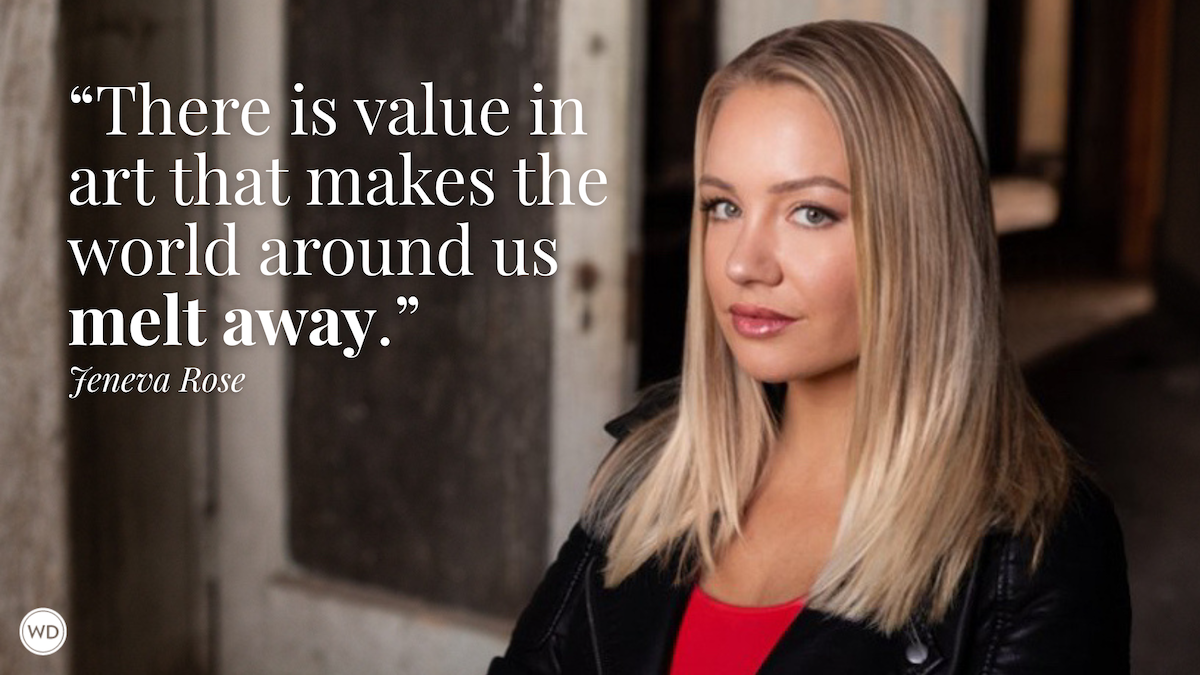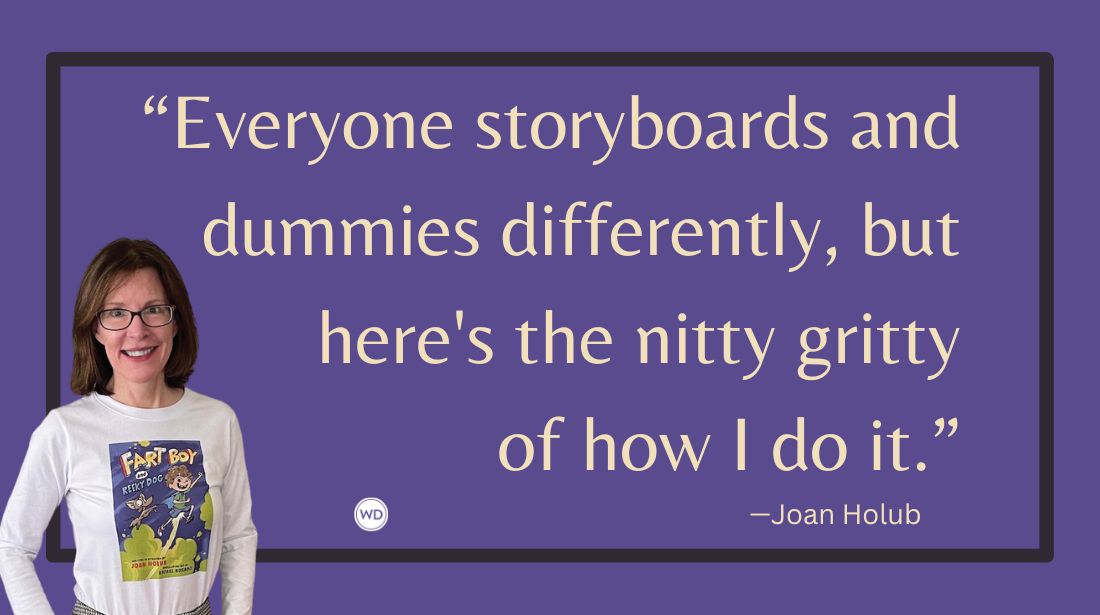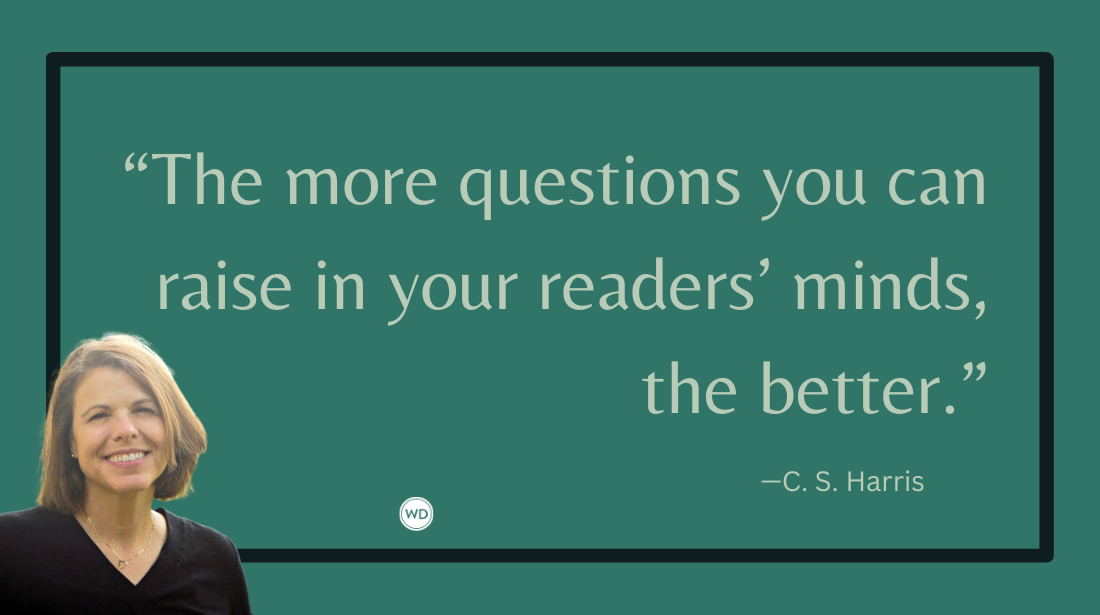The 3 Key Types of “Stakes” that Drive Novels
Raising the stakes, whether they arise from internal forces or from external ones, makes your protagonist’s character interesting and her story memorable. Here are 3 key ways to drive the plot for your novel from literary agent Donald Maass.
A hero who does not have many reasons to solve a problem will gradually become uninteresting. As the story grinds on, the reader will wonder, Why go through all that grief if you don’t have to? Why not just let someone else handle it? You don’t want that. You want your reader to hope hard or even cheer for your protagonist’s success, right?
Raising the stakes, whether they arise from internal forces or from external ones, makes your protagonist’s character interesting and her story memorable.
PERSONAL STAKES
It’s easy to dismiss a protagonist’s personal stakes as just another way of saying what motivates him. But that’s simplistic. Personal stakes are more than just what a hero wants to do. They illustrate why: why this goal and the action that must be performed to that end matters in a profound and personal sense. And the more it matters to your hero, the more it will matter to your readers, too.
The narrator of Anita Diamant’s The Red Tent is a minor Old Testament character, Dinah, the daughter of Leah and Jacob. In the novel’s opening, we find out why Dinah is so compelled to tell her story—she simply wishes to be remembered the way she actually was.
It turns out there’s another reason, too, why she feels compelled to tell her story, as we learn that Dinah, an only daughter, also wishes for the other women in her life to be remembered. Those would be sufficient reasons to occasion Dinah’s long and layered tale, but Diamant continues to raise the personal stakes as the novel unfolds. The world of women, the culture and the traditions of the red tent shape and define Dinah. Indeed, the company of women ultimately means more to her than the love of men, and telling their story grows in importance. Dinah wants these women to be celebrated for their strength, and, in Diamant’s richly imagined novel, they are.
Every protagonist has a primary motive for doing what he must do. It wouldn’t be much of a story without that. Outward motives are easy to devise from plot circumstances, but inner motives most powerfully drive a character forward. Don’t just look at all the possibilities: Use all of them. That’s exactly what raising personal stakes is all about.
ULTIMATE STAKES
Why do we do what we do? Get up in the morning? Skim the paper? Struggle through rush hour? Placate the boss? Mow the lawn? Save for vacation? Help the kids with their homework? Send birthday cards? Bring a tuna casserole to the reception after the funeral? We have our reasons. We may not think about them all the time, but if pressed we could explain what they are: We care. We feel that what we do matters, however small it may be.
When life tests us to the utmost, our motives grow exponentially greater. Our deepest convictions rise close to the surface. We care still more. We become more determined than ever to make a difference, to persist, to overcome all problems and obstacles. At the moment of ultimate testing, we summon our deepest beliefs and swear that nothing will stop us.
The hero of your novel also will be tested to the limit of his convictions—at least, I hope so! (If not, are there enough obstacles in the way of your protagonist?) How does she respond at this supreme moment? The way that you or I would, let’s hope, but even more strongly.
The hero of Dennis Lehane’s mystery novel Mystic River is homicide detective Sean Devine. At the outset of the novel, his convictions are at low ebb. He has returned from a suspension following an on-the-job “incident” that put his partner on medical leave. At the scene of the murder of Katie Marcus—the 19-year-old daughter of Sean’s one-time friend Jimmy—Sean’s boss, Detective Lieutenant Martin Friel, is wary of Sean. Is he up to the investigation that lies ahead? Sean’s dedication to the case is, as yet, weak. But he gropes for belief and conviction, and borrows it, albeit abstractly, from Martin.
Later, the murdered girl’s father searches Sean, too, for his commitment to the case. In the morgue to identify Katie’s body, Jimmy recalls the crucial childhood event that he and Sean have in common: While planning to steal a car with a third tag-along friend, Dave Boyle, two men in a car took Dave, who was missing for four mysterious, presumably horrible days. Survivor guilt plagues both men, and Sean again comes up short.
As the murder investigation unfolds, the emerging evidence and suspects gradually engage Sean’s mind, and then his heart. He seeks to lay to rest the past, and at one point visits his father, a retired cop with knowledge of the arrest and jail cell suicide of one of the men who kidnapped Dave. His father sees no good in stirring up memories, and the encounter leaves Sean still unsatisfied.
In reality, Sean is moving closer to the heart of his motivation. It’s the guilt of not protecting his friend that has made him a detective, and that continues to drive him now. He feels he should’ve known how to protect Dave back then, but because he didn’t act, now he sure as hell is going to find out who killed Katie Marcus.
At the end of the novel (spoiler alert) he learns that it was none of the suspects, but instead some other kids, who killed Katie. Surprising the murderers at home, Sean finds himself in a standoff and, facing death, discovers why he truly cares. It turns out that Sean cares for the same reasons that all of us get up, fight the traffic and all the rest: because he loves his family. It’s a simple discovery, really, a fundamental commitment that is obvious to almost everyone.
Yet the unfolding of this primary motivation and its revelation to Sean himself at the moment of his ultimate testing gives it a force that not only carries him to the finish, but also resolves the conflicts at the heart of the novel’s two secondary plot layers. Lehane deftly fuses the layers together and brings Sean’s inner journey to a climax all at once. Sean has to live not only to enact justice, but also to put to rest the past and truly love in the present. He searches for, and finds, his irrevocable commitment.
PUBLIC STAKES
Things can go wrong in so many different ways. We sometimes think: It can’t get any worse than this. But it can. That is the essence of raising the outward, or public, stakes: making things worse, showing us that there is more to lose, promising even bigger disasters that will happen if the hero doesn’t make matters come out OK.
Raising the public stakes is easy in thrillers, mysteries, action-adventure novels and science fiction and fantasy stories. The action in such novels usually has significance for more than just the characters involved. Public safety and security are issues. But what about sagas, coming-of-age stories, romances and family dramas?
Mary Alice Monroe’s Skyward offers an example of public stakes and their escalation in a story that has no immediately obvious public consequences. In Skyward, Ella Majors is a burned-out ER nurse from Vermont. She accepts a position as live-in nanny to a South Carolina preschooler, Marion Henderson, whose single dad, Harris, is overwhelmed and unable to cope with Marion’s childhood diabetes.
Quickly, plain-looking Ella falls in love with tall and visionary Harris, the head of a rescue clinic for birds of prey. More slowly, she brings discipline, order and compassion to both the Henderson household and, later, the clinic itself. Harris gradually discovers the wonder of Ella and falls in love with her, too.
This happiness cannot last, right? Right. Just as the inner obstacles and past hurts that each carries have been overcome, outside obstacles crash down upon them. Ella learns that Harris is married. Yet Marion’s young and beautiful mother, Fannie, is a drug user who has walked out on her family several times for extended periods. However, when Ella learns Harris has not sought a divorce, her newfound happiness is dashed. Still, there is hope. Harris might change his mind about Fannie. Shortly thereafter, Fannie indeed returns.
Fannie turns out to be on the wagon and hoping to change her life and regain her family, and Marion clings to her. Fannie, however, doesn’t know how to manage Marion’s diabetes and makes a dangerous mistake with candy, angering Ella, but leading to a turnabout. Eventually (spoiler alert) Ella realizes that she must leave Harris and Marion. She takes a new job at an emergency room in Charleston. Monroe raises the stakes so far that Ella actually fails. What? Is that it? you ask. Ella loses out. The end?
Well, let me ask you: How would you pull an ending out of this bleak situation? Is there any hope for her happiness? Of course, though it may not be exactly the form of happiness that we would like her to have.
What gives Skyward its public stakes? First, the problems that are imposed on protagonist Ella are from the outside: conflicts not inward and circumstances not of her own making. Second, these problems deepen to a degree that finally makes them so big that they attain a universal scale.
Everyday problems presented in an ordinary way, problems that anyone might have on any given day, do not have the power to resonate within us and remind us of humanity’s eternal struggles. But when stakes rise to a high enough order of magnitude, a protagonist’s problems will become the problems that we all have.
*****
If you want to learn how to write a story, but aren’t quite ready yet to hunker down and write 10,000 words or so a week, this is the course for you. Build Your Novel Scene by Scene will offer you the impetus, the guidance, the support, and the deadline you need to finally stop talking, start writing, and, ultimately, complete that novel you always said you wanted to write.
Donald Maass heads the Donald Maass Literary Agency and is the author of several books, including Writing the Breakout Novel, Writing 21st Century Fiction, and The Emotional Craft of Fiction. Learn more at maassagency.com.








